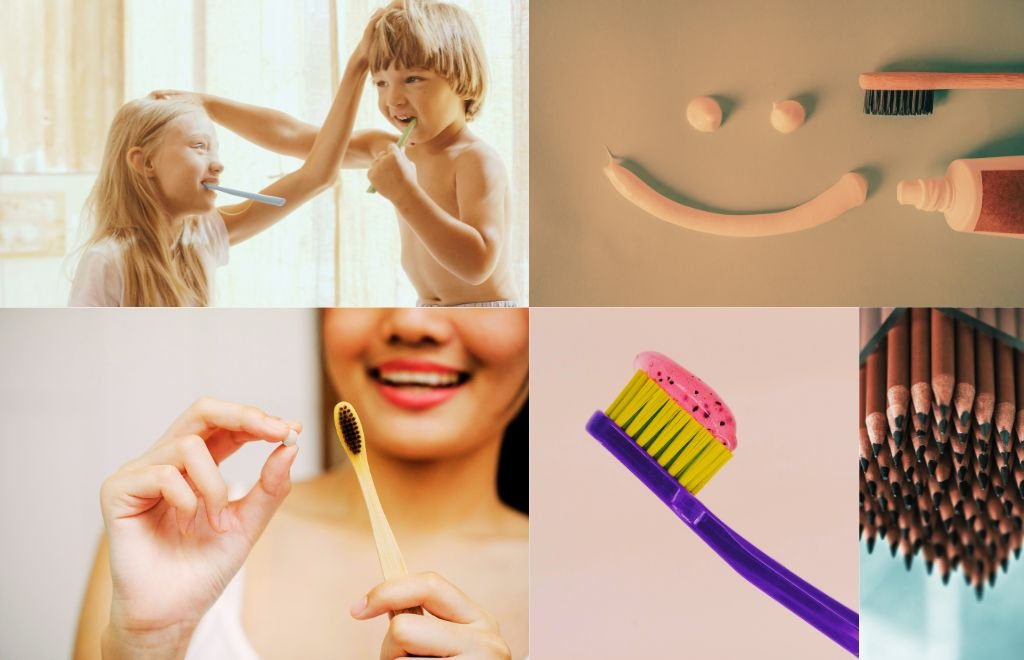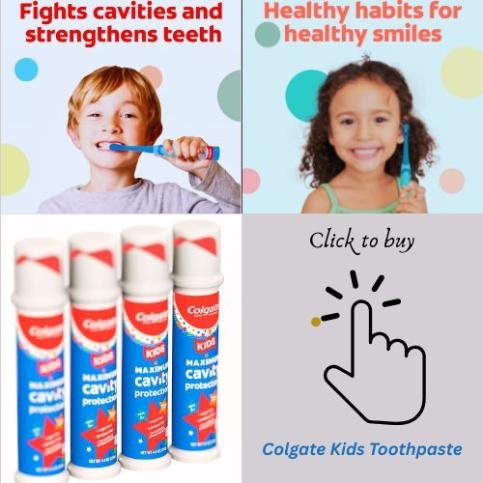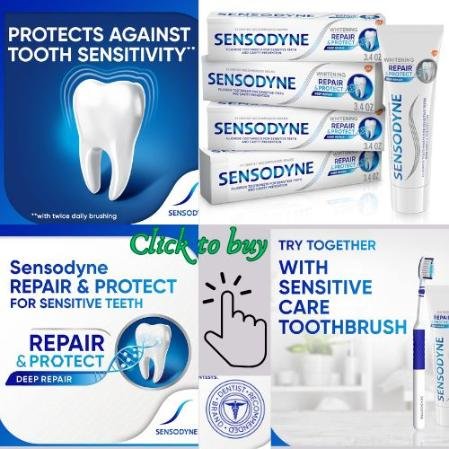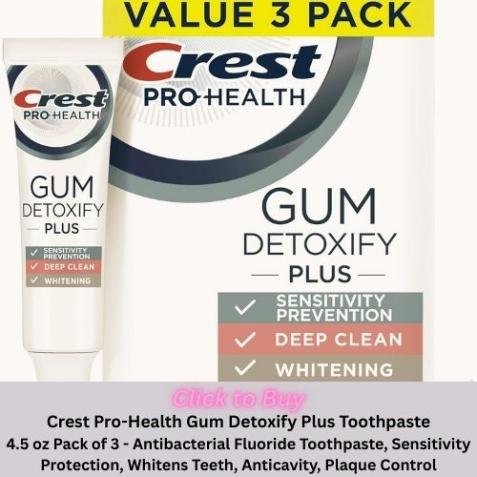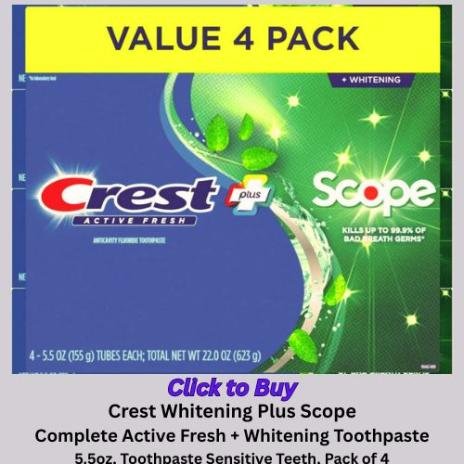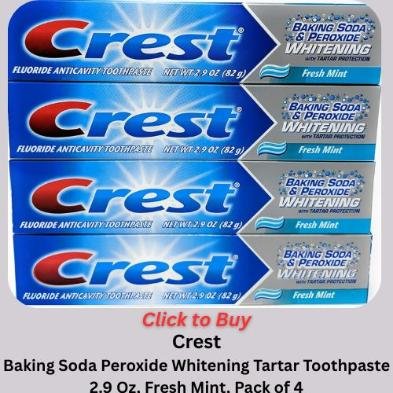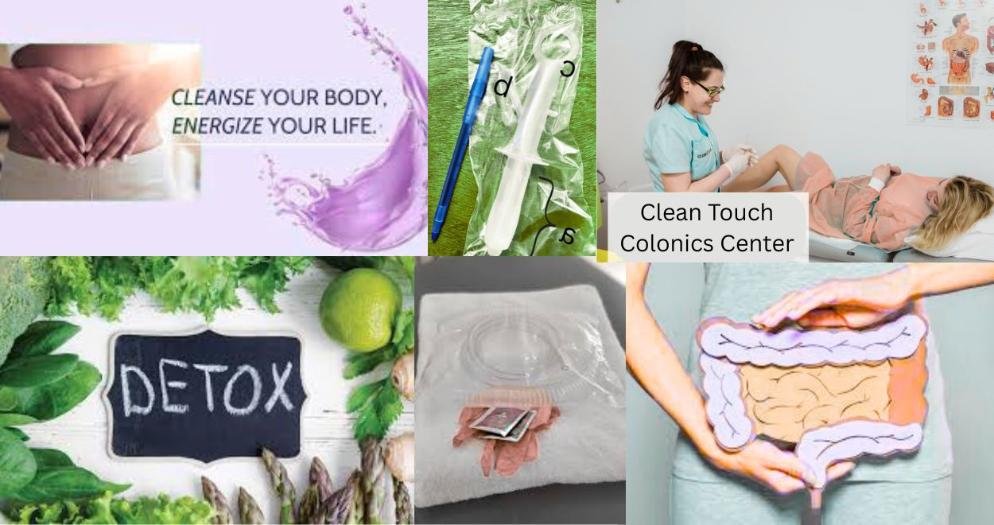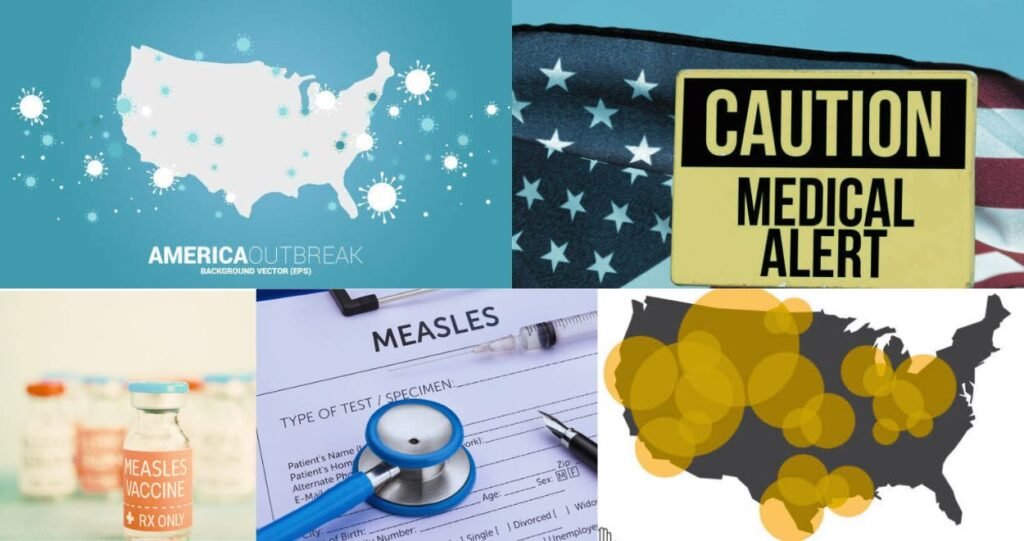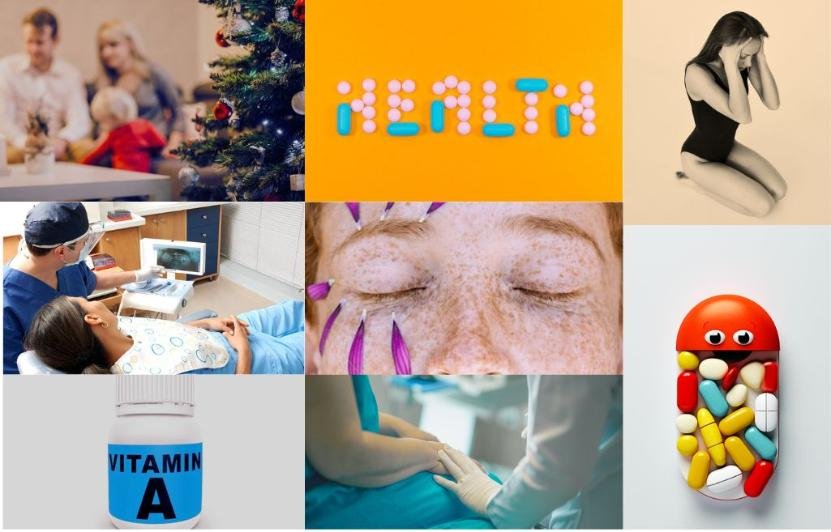How to avoid lead in toothpaste? We all have our daily routine, and brushing our teeth is a big part of that – it keeps our smile bright and makes our mouths feel fresh. But wait, there is a turn: it turns out that some toothpaste brands may have some unexpected risk. Recent tests have found lead and other harmful elements in some products, which many of us question what we are storing in our bathroom.

Shocking Truth
Last year, some scientists closely looked at various types of popular toothpaste brands and for surprise of all, they discovered the amount of lead in toothpaste, in some but not in all of them. This toxic metal is not a joke; Even the highest amounts can be serious health problems if we are not careful.
But the lead was not the only concern. The tests also replaced other potentially dangerous substances, including:
- Mercury
- Arsenic
- High level of fluoride
- BPA leaked from plastic packaging
This news is especially disturbing because we rely very much on toothpaste in our daily life. Every time we brush, we highlight our mouths for these chemicals, allowing them to slip into our system.
Reason Behind the Lead in Toothpaste
Lead in toothpaste can be harmful no matter how low. It can build in our body over time, affect both children and adults.
For children, lead exposure can occur:
- Slow brain development
- Learning challenges
- lower IQ
- difficulty concentrating
For adults, it may be as a result of being exposed to lead:
- Increased blood pressure
- Damage to kidney
- Pain in joints and muscles
- memory issues
Since most of us brush our teeth at least once a day, even a pinch of lead in toothpaste can be added. It is no wonder that dental health experts are worried about this detection everywhere.
How Lead Gets into Toothpaste
You may be surprised how lead ends up in what we use to stay healthy. There are many ways:
Raw materials: Some minerals used in toothpaste may naturally lead them. Soil, calcium and other ingredients may contain trace volume.
Water supply: The water used to make toothpaste may contain lead or other metals.
Color Additives: Some dyes and color can bring contaminants in mixture.
Poor quality control: Some factories do not test their products thoroughly.
Packaging: The lead can sometimes leak from the packaging in the product.
Most of these problems occur in places with cheap brands or weak safety rules. But even some famous brands have shown issues in tests.
Which Toothpastes are Affected
All toothpastes do not have lead or unsafe levels of contributors. The worst criminals feel:
- Some imported brands from countries with less strict rules
- Some “natural” toothpastes that use unused mineral sources
- Very cheap, no-name brands
- Some white formulas that use special additives
The good news is that many major brands passed security tests. Top dental groups say that most toothpastes sold in shops still help more than they harm.
Ways to Protect Yourself and Your Family
You do not need to stop brushing your teeth owing to lead in toothpaste! Instead, try these smart stages:
Check for approval seals: See toothpaste with ADA (American Dental Association) marks or similar reliable tickets.
Research brand: Some companies now post their exam results online or will share them if asked.
Consider simple formulas: There may be less probability for contamination in toothpaste with low content.
Be cautious with children: Children are more vulnerable to lead. Ensure they only use a pea-sized amount and do not swallow toothpaste.
See where it is made: The products of countries with strong security rules are safe.
Store properly: Keep the toothpaste tubes closed and keep away from heat, which can leak more chemicals.
Regulatory Actions
“How to avoid lead in toothpaste?” – Regulators are searching for the answers. Health agencies have started taking action. The FDA now examines more toothpaste samples than before. They have pulled some brands from store shelves after finding problems.
The new rules may soon require better testing and clear label. Companies may need to list all sources of materials and run more security checks.
Some legalists all want to ban leads completely from objects of individual care. This will force companies to find cleaner component sources.
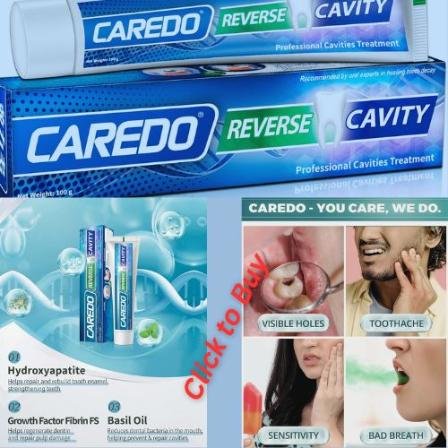
Natural Option
Some people now use their toothpaste:
- baking soda
- Coconut oil
- essential oils
- sea salt
Although they can avoid lead in toothpaste issues, dentists warn that they cannot fight cavities as well as regular toothpastes. Talk to your dentist before switching completely.
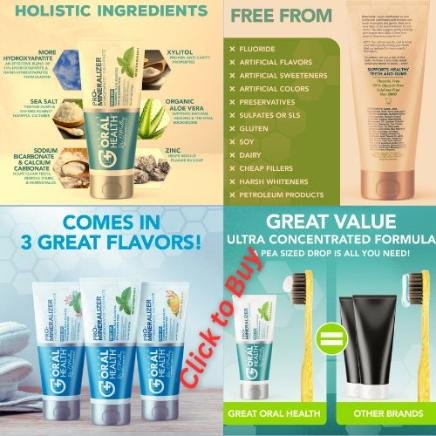
What the Dentist Says
Most dental professionals still recommend using toothpastes. The risk from not brushing is much worse than the potential risk from contaminated substances.
Dental researcher Dr. Sara Miller explains: “The amount of lead found in most tested toothpastes is very low. The benefits of brushing are still ahead of risks for most people.”

Dentists suggest these tips:
- Brush twice daily
- Use a pea-shaped paste
- Rinse well after brushing
- Talk to your dentist about brand recommendations
Test your exposure
If you are worried, you can:
- Ask your doctor about blood tests for heavy metals
- Send toothpaste samples to private laboratories for testing
- Check online database of tested products
Most people do not require these steps, but they can help if you use suspicious brands for many years.
Bottom Line
By following the habits of using wise and good brushing products, you can keep your teeth clean while being safe.
Remember that dental health affects overall health. Skipping brushing is not the answer – completing safe products.
Be informed about this issue as more test results come up. Your smile is worth finding safe, effective care products.
Resources for Safe Options
Want to learn more? Check these supporting sources:
- Dental Association Website
- Consumer test group
- Health Department warning
- Advice of your dentist
With some care and smart options, you can stay brushed -safari -coffee for the coming years.
Frequently Asked Questions About Lead in Toothpaste
How can I tell if my toothpaste has led it?
You cannot see in toothpaste, smell or taste. The only way to ensure is through laboratory tests. Look for brands that share their exam results or ADA approval ratings.
Which toothpaste brands are lead-free?
Many major brands test their products and have lead levels below the safe range. Since the test results often change, check the dental association websites for the current list of safe brands.
Is fluoride in toothpaste the same concern?
Fluoride at normal levels helps protect teeth. It is only harmful in high amounts. There is no safe level of lead and no dental benefit.
Should I stop using toothpaste completely?
Dental experts say no. The risk of not brushing is larger than potential risks from low amounts of contaminants. Just choose the brand carefully.
Are children’s toothpastes safe?
Not always. Some children have similar issues as adults in toothpastes. Always check the safety seal and avoid brands with artificial colors.
What symptoms can show lead exposure in toothpaste?
The initial lead exposure often has no clear indication. Prolonged exposure may be the cause of fatigue, headache, abdominal pain or mood change. Investigating the lead level in blood, one needs only a blood test.
Can I make safe toothpaste at home?
Yes, you can make simple toothpaste with baking soda, coconut oil and a drop of peppermint oil. But first talk to your dentist, because the homemade paste cannot fight the cavities either.
How much lead in toothpaste is tolerable?
Health experts say that there is no safe level of lead exposure. Even small amounts can be constructed over time, especially in children.
Will the mouthwash help reduce my risk?
The mouthwash lead does not remove the exposure risk. Some mouthwash may have their own contaminated issues. Rinsing well after brushing helps more.
How often should I change my toothpaste?
Change the toothpaste every 3-4 months, or soon if you notice the color change, strange smell, or separation of the material. Never use expired toothpaste.

